You can barely turn a corner in Thailand without seeing a billboard touting elephant rides or shows, but, bafflingly, the nation has yet to implement laws to protect its captive elephant population. Unbeknown to many travellers, newly-captive and captive-born Asian elephants are traditionally subject to systematic abuse in order to ‘train’ them to accept riders and perform in shows. It might also come as a surprise to learn that elephants don’t have very strong backs. Experts claim that adult elephants can only support a maximum of around 150kgs on the middle of their back for up to four hours per day, but many of Thailand’s elephants work eight hour shifts, carrying two riders at a time. Metal seats, which tend to be used over lighter bamboo versions, add an extra 50kgs. And this is before factoring in whether these elephants have adequate access to water, healthy food (not just sugary bananas handed out by tour operators) and shade.
Armed with this information, it’s easy to argue that supporting elephantourism in Thailand – and across Southeast Asia – is wrong. However, Thailand’s elephant ‘problem’ is a complex issue. There are thought to be less than 5,000 elephants left in Thailand, yet a whopping 4,000 of them are captive – and the latter still need to be fed and exercised, and financially support their mahout (traditional carer). Following Thailand’s 1989 ban on using elephants for logging, many mahouts claim that without charging tourists for rides and shows, they would starve alongside their charges – which alone cost a minimum of 1,000B per day to feed properly.
Fortunately, there are a small but growing number of elephant refuge centres in Thailand that are employing more sustainable methods to keep tourists, elephants and their mahouts happy. Read on to learn about five of the most rewarding elephant interactions Thailand has to offer – all of which run comprehensive volunteering programs if a short visit isn’t enough.
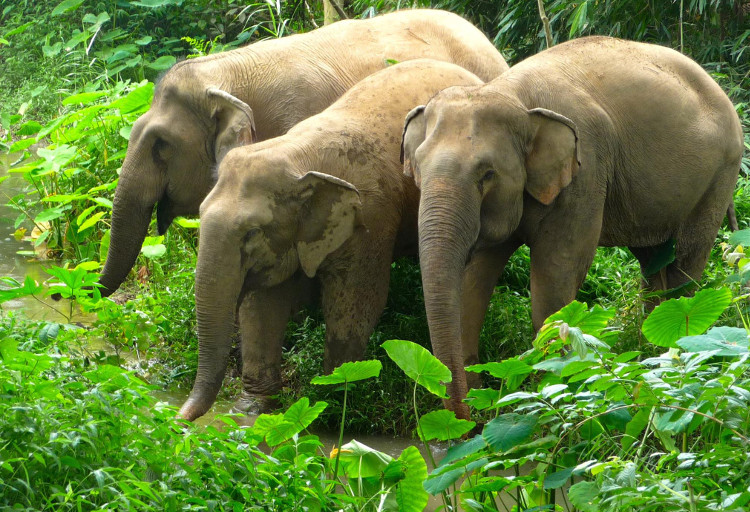
Featured in Lonely Planet’s top 10 unforgettable family travel experiences for 2015, BLES (blesele.org) was founded by Briton Katherine Connor after a courageous baby elephant called Boon Lott (‘survivor’ in Thai) inspired her to dedicate her life to nurturing rescued and retired elephants. In the decade since, Connor has been recognised by the International Fund for Animal Welfare for her efforts. Guests at BLES, located outside the village of Baan Tuek, an hour from Sukhothai airport, are involved in all aspects of sanctuary life, from collecting elephant food from the jungle to maintaining herding areas and walking elephants to grazing grounds.
Do it: Overnight visit (including transfers and all meals): 5,000B. Due to its remote location BLES does not run single-day tours – most visitors stay for several days on individually-tailored itineraries.
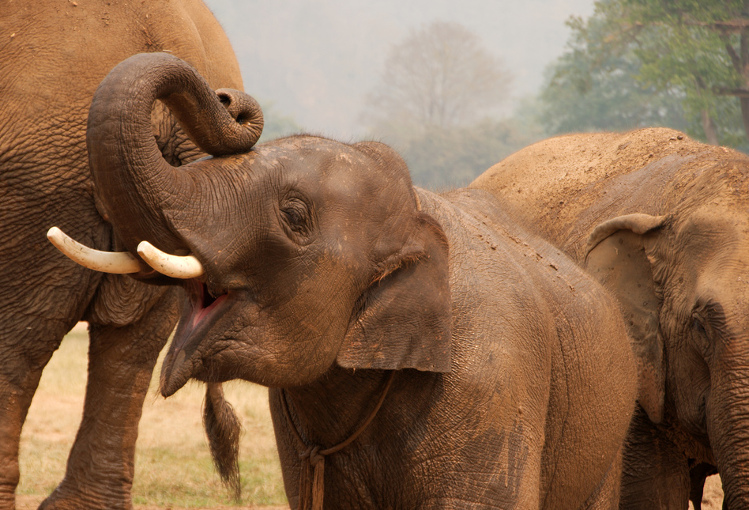
Thailand’s best-known elephant rehabilitation centre has won dozens of awards for its commitment to rescuing and rehabilitating Thailand’s working elephants since the ‘90s. On a one-day visit to Elephant Nature Park, about 60kms from Chiang Mai, you’ll get the chance to hear the elephants’ stories before feeding them, and then walking them down to the river for an afternoon bath.
Do it: One day tour (including transfers and lunch): 2,500/1,250B (adult/child). Overnight tour (including dinner): 5,800/2,900B.
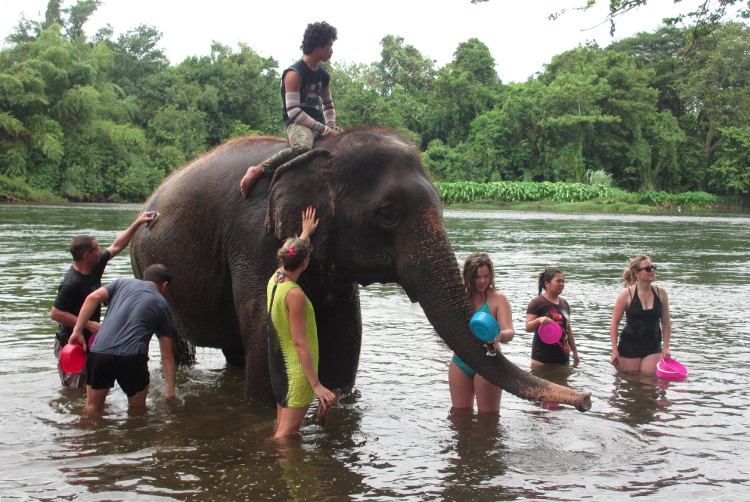
Founded by a Thai vet to function as a retirement home for sick, old, disabled, abused, illegal and street elephants, ElephantsWorld (elephantsworld.org) is a more modest operation than Elephant Nature Park, but operates in a similar manner. In the spirit of the centre's motto 'we work for the elephants, the elephants do not work for us', visitors to Elephants World, 32kms from Kanchanaburi, are invited to help to gather or plant food in the fields that sustain the younger elephants’ enormous appetites, and/or cook sticky rice for the older guys before joining some of them for bath time in the River Kwai.
Do it: One-day tour (including transfers, lunch and water): 2,000/1,200B. Overnight tour (including dinner): 4,500/3,200B.
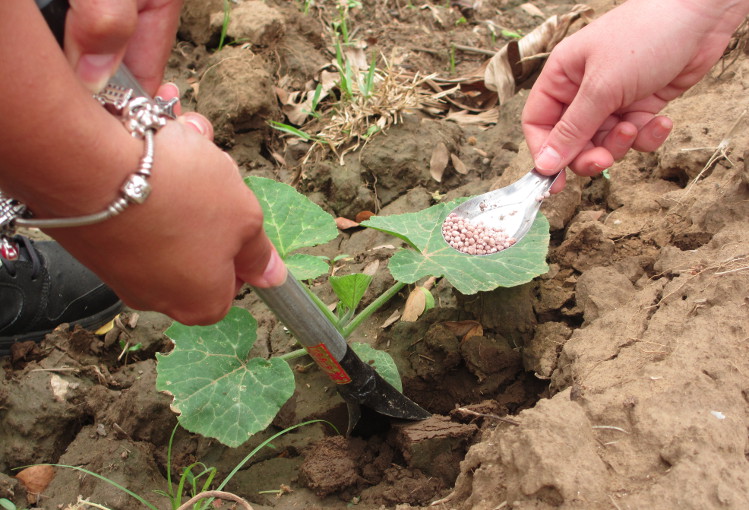
Based 30kms from the seaside resort of Hua Hin, WFFT (wfft.org) runs nine animal welfare projects across Thailand ranging from an elephant refuge and education centre to a marine research and rescue outfit and a gibbon rehabilitation program. The elephant refuge camp is equipped for day visits, during which guests will learn about the conservation issues threatening Thailand’s elephants before taking some of the residents for their daily walk and shower. Visitors will also follow WFFT’s volunteers on their feed out to the 350 rescued animals at the centre, and get to see the bears and monkeys enjoy their meal.
Do it: One-day visit (including transfers and lunch): 1,800B.
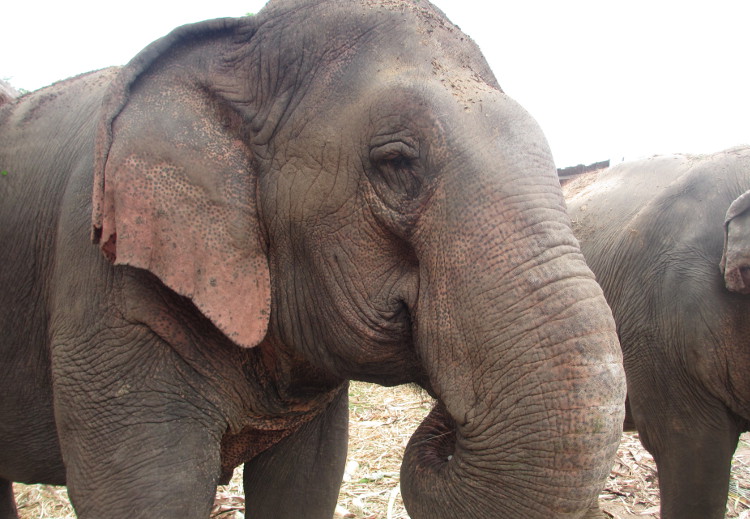
Not far from the Cambodian border, this innovative not-for-profit is focused on improving the living conditions of Asian elephants and providing sustainable economic revenue for their mahouts in the local community. A one-week minimum volunteering stint is required to visit the Surin Project (surinproject.org), located about an hour northwest of Surin city. During their stint, volunteers primarily help to plant, maintain and harvest elephant food for the project’s 13 permanent residents, and assist in the development of elephant-friendly tourism options for the elephants and mahouts of Surin province.
Do it: One week (all-inclusive): 13,000B.
What to wear (and bring) to an elephant centre: Lightweight clothing (with long sleeves/pants for overnight visits), swimwear, towel, a change of clothes (if bathing with elephants), sunhat, sunscreen, DEET-free insect repellent and sturdy shoes. Volunteers should expect basic facilities.